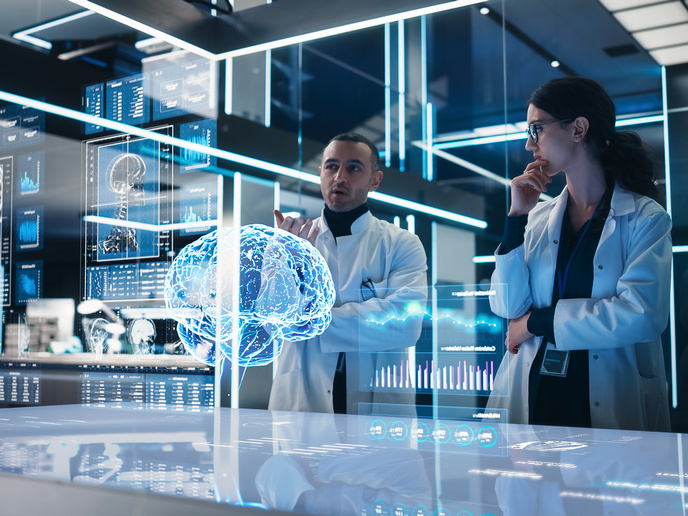Mossy fibres, the detonation theory and spatial memory
Spatial navigation involves a special area of the brain, the hippocampus. Key to activity in this area of the brain are mossy fibre (MF) synapses. So-called due to swellings along their axons, these nerve cells are also involved in short-term memory. Gathering proof for the detonation theory When it comes to determining how the hippocampus orchestrates walking along a track, knowledge on MF synapses and how they transmit impulses is crucial. One phenomenon that has huge implications for the way the brain processes information is the detonator effect. This phenomenon describes the situation when MF synapses are powerful enough to translate a single presynaptic spike or nerve impulse into a post-synaptic spike. The EU-funded Marie Sklodowska-Curie Fellowship project IN VIVO MOSSY has investigated awake mice navigating along a linear track to prove or disprove the detonation theory. In other words, to determine whether the MF synapses can muster enough power to send the impulse on to the next neuron. Fellow and lead researcher, Dr Ben Suter outlines the method used: “We used simultaneous two-colour, two-photon calcium imaging of presynaptic mossy fibre terminals and postsynaptic CA3 pyramidal neurons in awake mice navigating along a linear track.” New images of the hippocampus The hippocampus lies deep within the brain and is folded, which hinders taking high-quality images. This experimental challenge was met head on by step-by-step optimisation of the mechanical and optical elements, as well as surgical procedures. “These improved techniques have already been shared with and implemented by colleagues working on other EC-funded research projects,” notes Dr Suter. An unexpected challenge faced was the suboptimal performance of a critical piece of equipment that was eventually replaced. Despite causing substantial delay in the early IN VIVO MOSSY schedule, identifying the underlying technical problems led to a deeper understanding of the fundamental principles and limitations of the hardware. This ultimately allowed procurement, installation and optimisation of a new, better-performing system. “Post-synaptic population imaging in awake mice running on a virtual reality track has been achieved, however not yet pre-synaptic imaging,” notes Dr Suter. These first results have been accepted for presentation at the 2018 Society of Neuroscience conference. Previously, research progress was presented in poster form at several scientific meetings, including the Austrian Neuroscience Association meeting in 2017. Continuation of the research Research work on MF synapses continues after the IN VIVO MOSSY project end. “Encouraged by our success at obtaining high-quality live images from a very hard-to-reach target area within the brain, we are continuing with additional experiments as planned,” Dr Suter says. The focus is on the ultimate goal of capturing synaptic transmission ‘live’ as it happens. In parallel, the researchers have begun to disseminate initial results to the research community, and intend to publish the final results. Research into the way the hippocampus works has massive implications for how learning and memory, spatial navigation and pattern recognition occur. “The technical advances achieved during the first two years of investigation have opened up opportunities for additional research questions beyond the scope of the initial project description, and we hope to pursue these in the future,” concludes Dr Suter.







